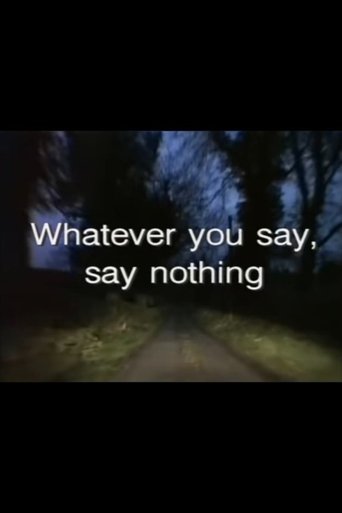Liebe auf den zweiten Blick - Wie Baden zu Württemberg kam 1996
The history of Baden-Württemberg begins in 1952 with an imposed fusion. In 1956, opponents of the merger have organized themselves to the point that a referendum is to reverse the decision after the fact. The referendum does not take place until 1970 with a turnout of 62.5% and ends with a vote in favor of the merger of 81.9%. The example of the Baden-Württemberg fusion is used to illustrate how such a fusion takes place, how conflicts are settled, and what the final outcome is.

